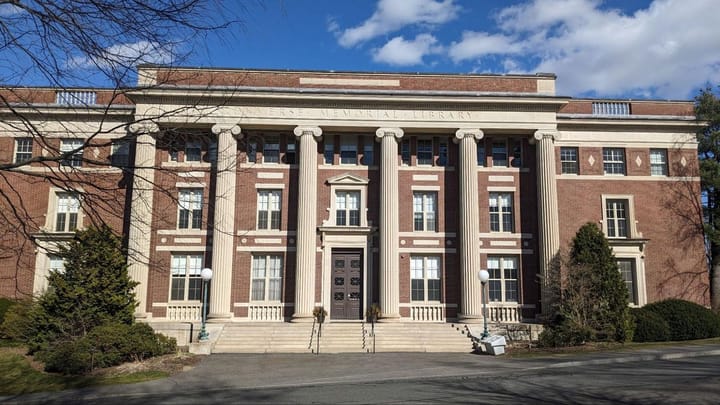College Visit: Princeton proposes "A" grade quota for all departments
As part of the plan, no more than 35 percent of students in each department may receive a final grade of “A.” However, 55 percent of independent work projects may receive “A” marks. The proposal will also redistribute all other grades. Each department will publicize how many “A’s” it has given out.
“This plan is premised on the assumption that if we control ‘A’ grades, other grades will fall into line in appropriate relationship to those ‘A’s,” the proposal read. The result of grade inflation can be seen in the average G.P.A.s of graduating seniors at Princeton. Ninety-five percent of the class of 2002 graduated with a G.P.A. above a “B-” according to the proposal. Of that 95 percent, over 72 percent had G.P.A.s of “B+” or better. The GPA of a “B” would have placed a student in the ninth decile of the class of 2002.
Currently, 46 percent of the grades given to Princeton undergraduates are “A’s”. The average percentage of “A’s” per class is similarly high at other comparable institutions.
Also included in the set of proposals was a set of definitions that explain the significance of each letter grade. According to the Princeton Web site, “A”-worthy work under these standards is defined as “outstanding; meets the highest standards for the assignment or course.” “A-” level work is differentiated from this benchmark achievement by its definition. According to the Princeton Web Site, “[‘A’ work is] excellent; meets very high standards for the assignment or course.”





Comments ()